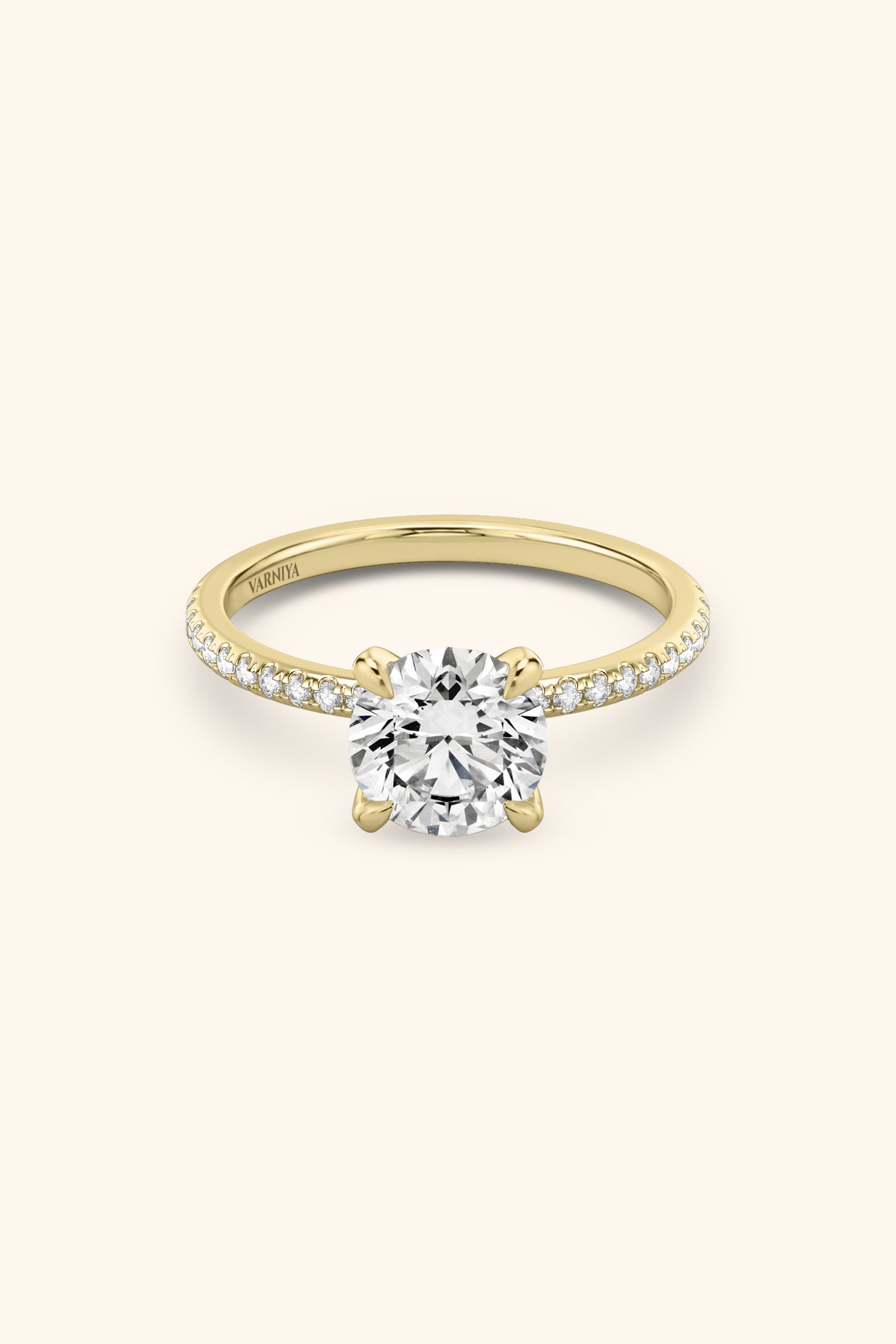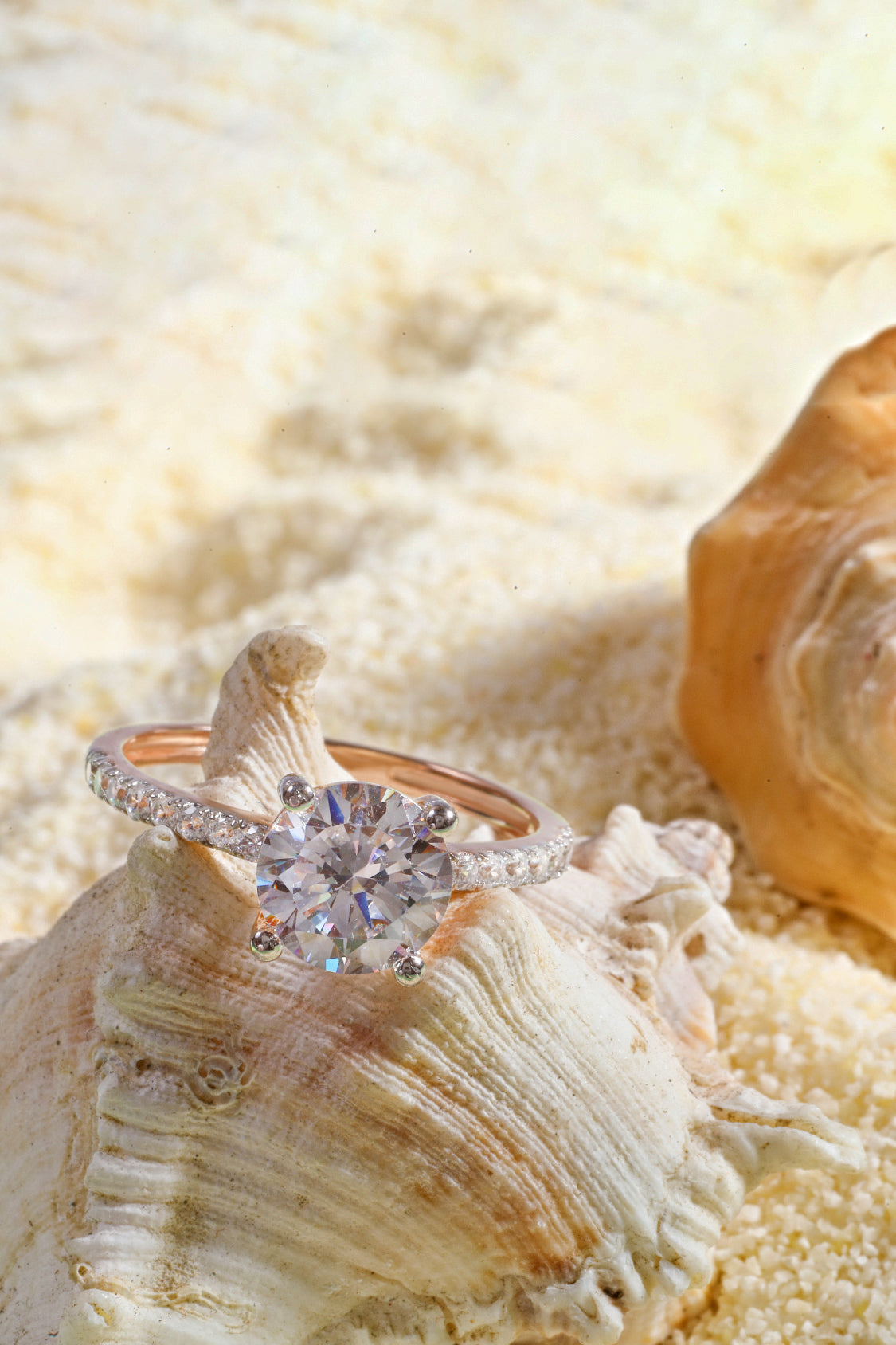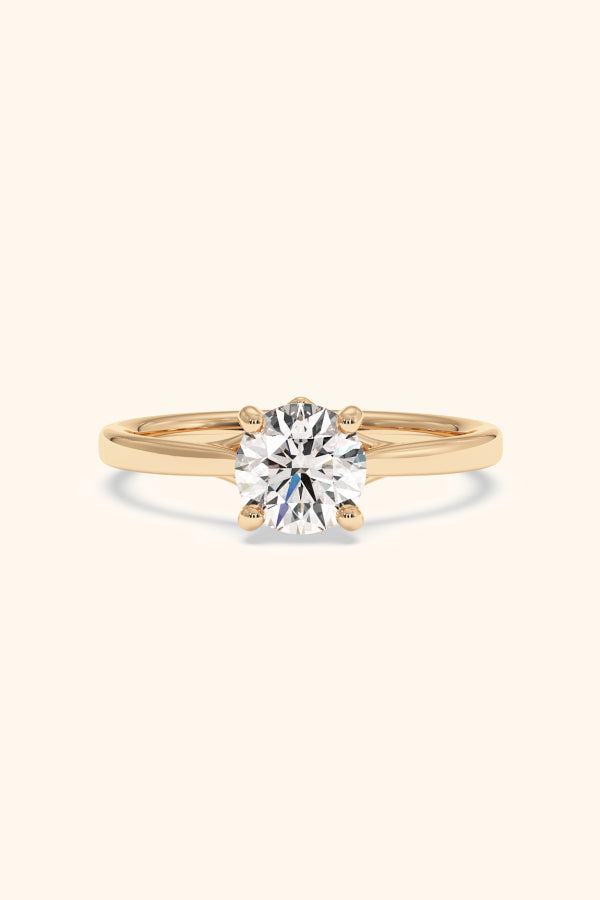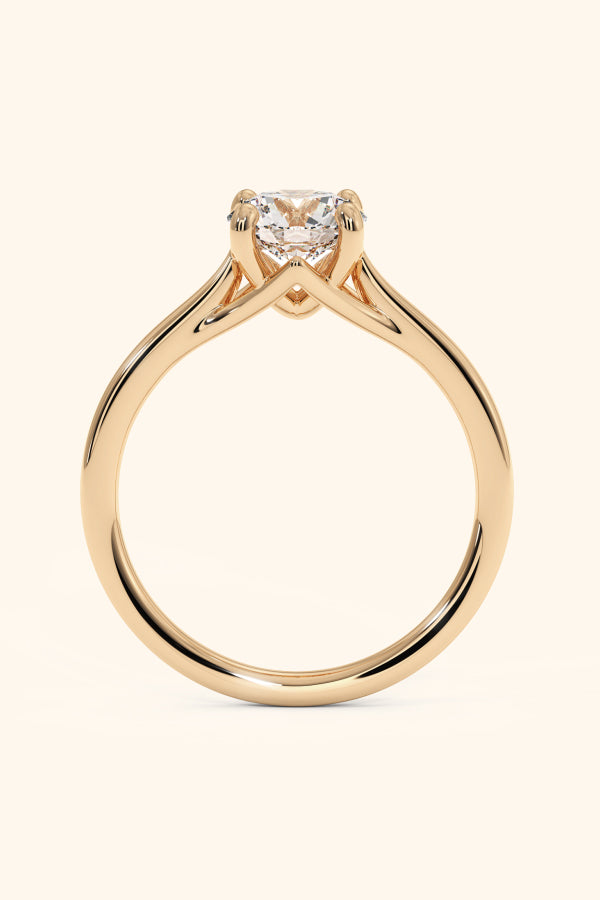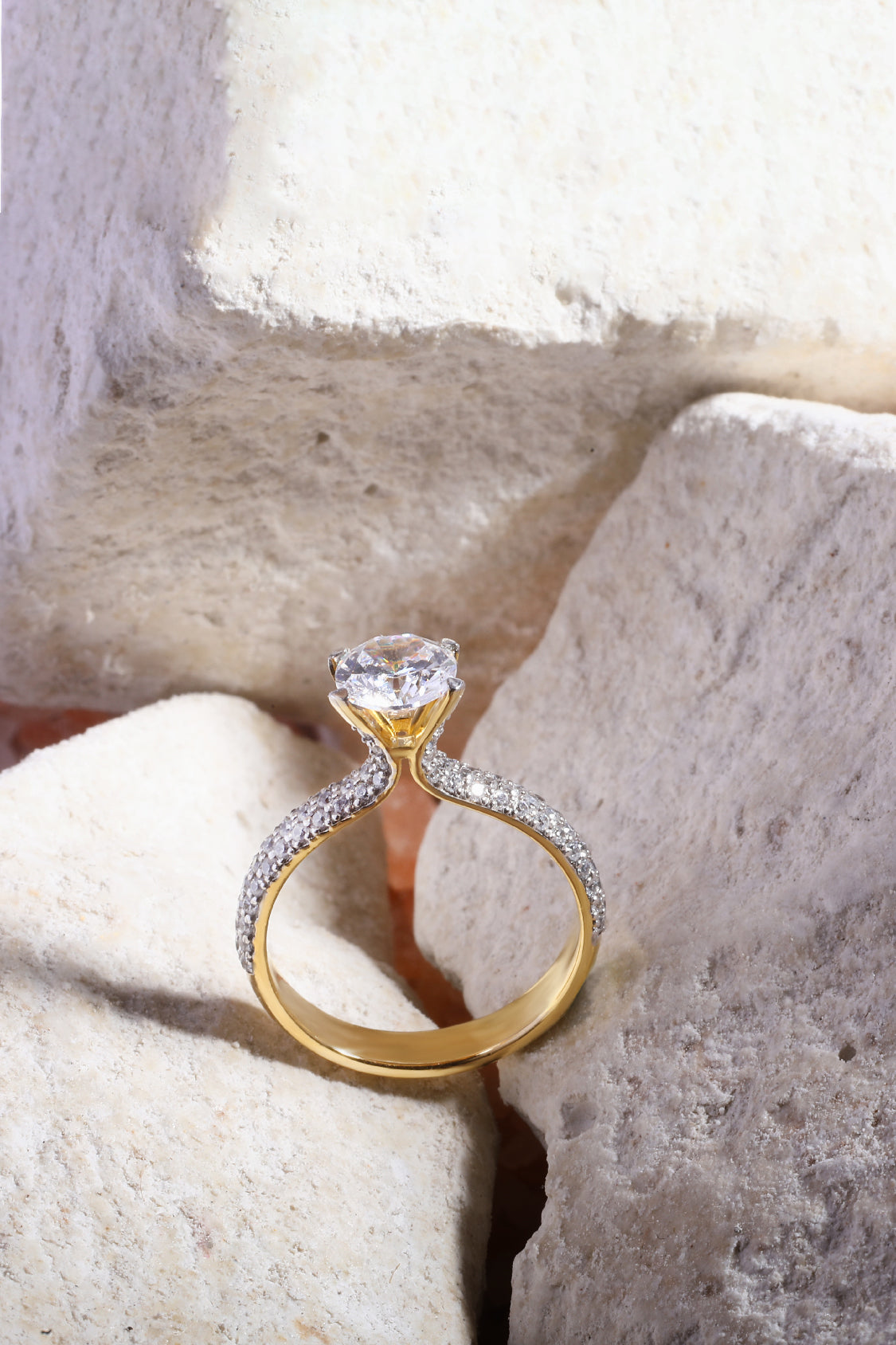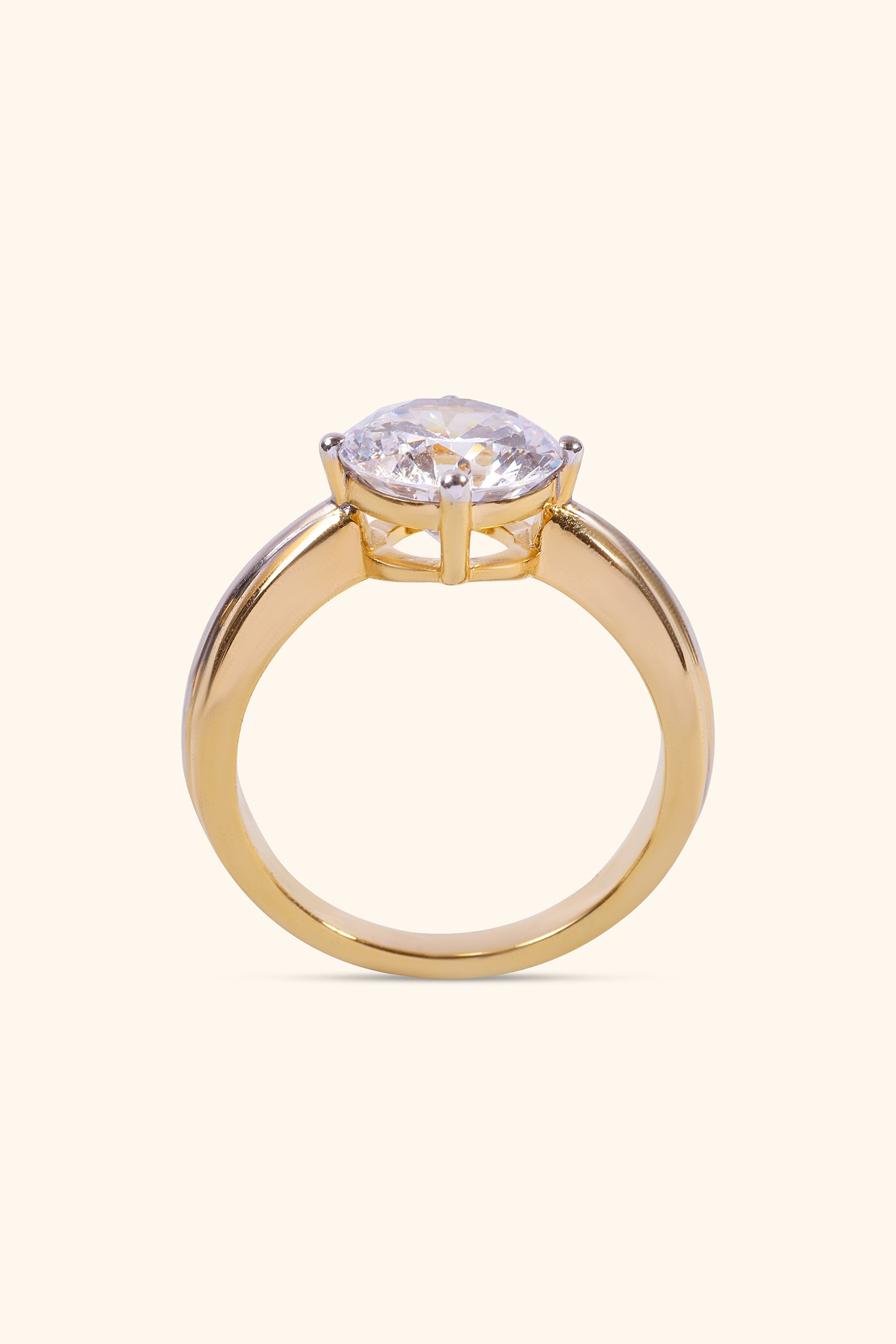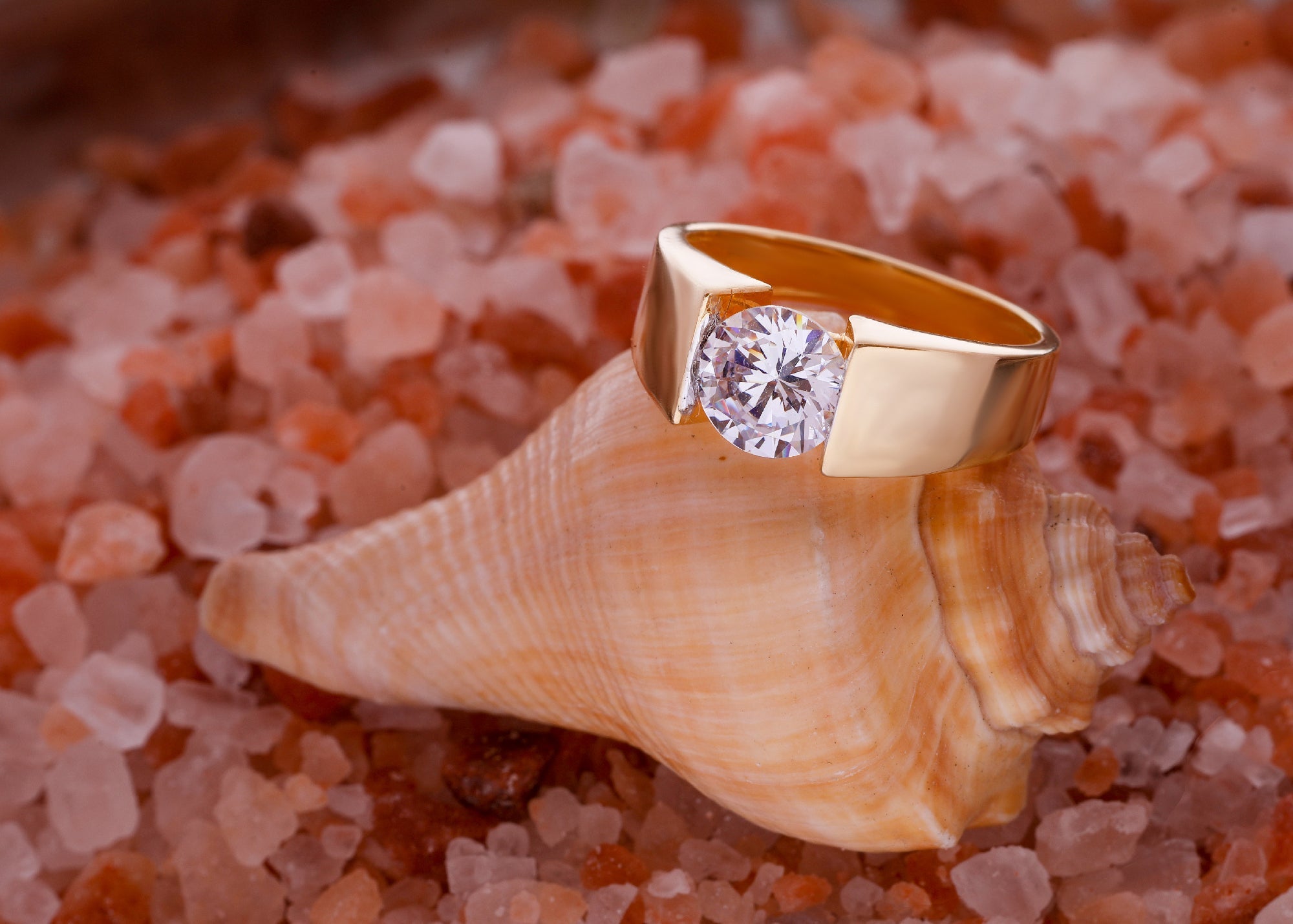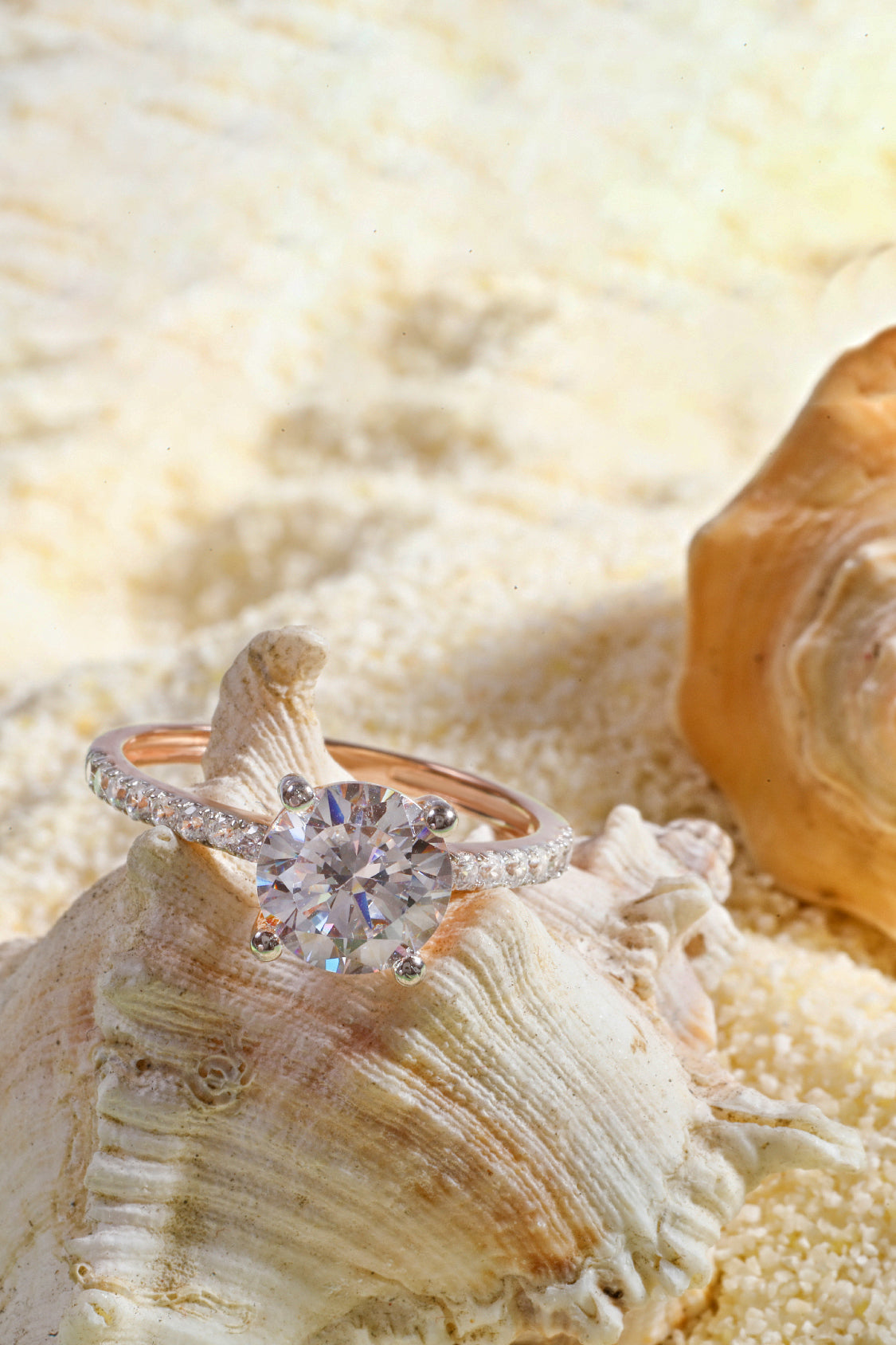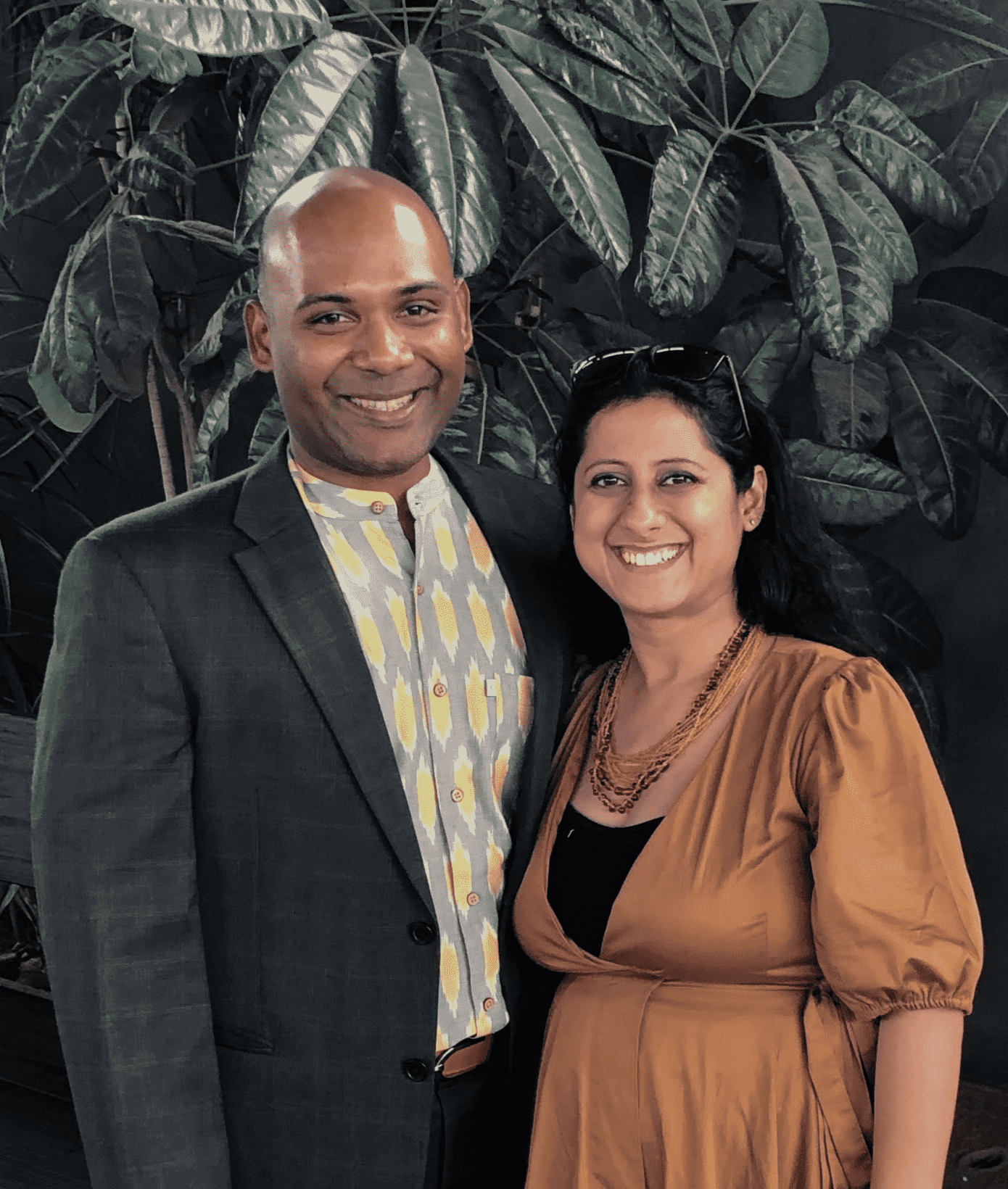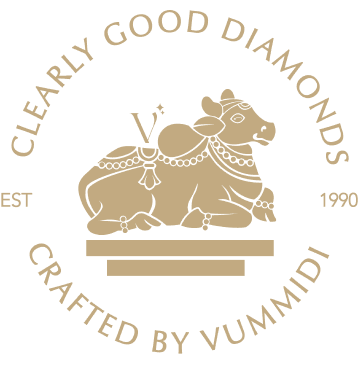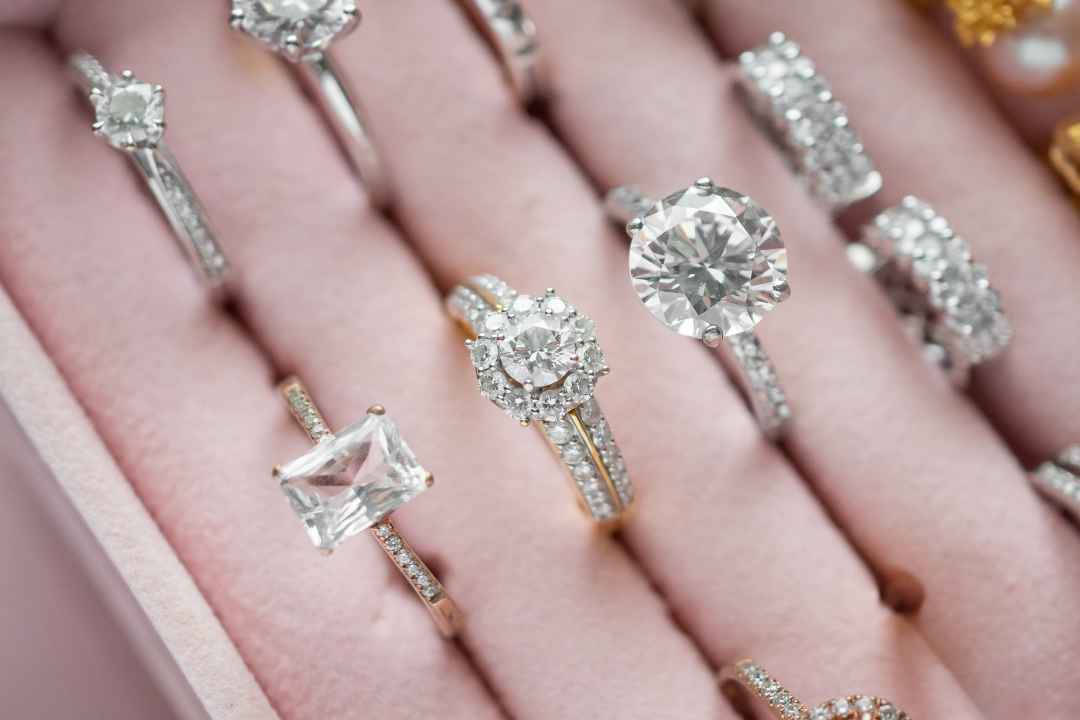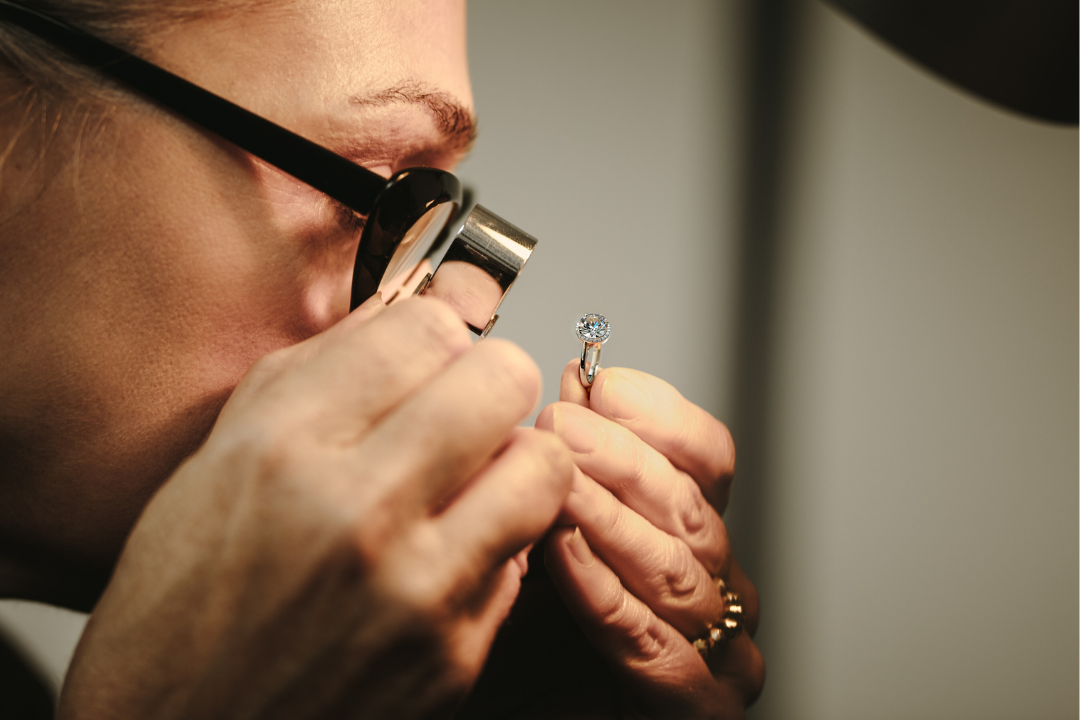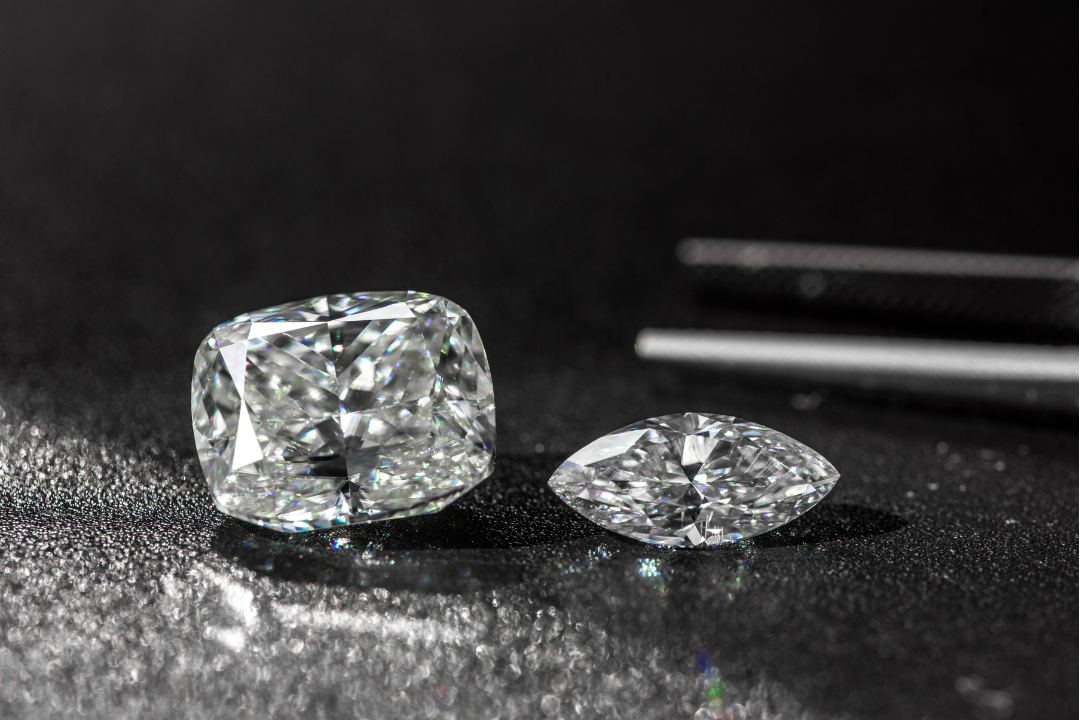
5 Reasons to Choose Pure Carbon Lab Grown Diamonds Over Mined Stones
Thinking about buying a diamond but unsure if lab grown is the right choice? Pure carbon lab grown diamonds are real diamonds—made of the same pure carbon, with the same brilliance, but without the downsides of traditional diamond mining.
In fact, according to Bain & Company, lab grown diamonds made up 17% of the global diamond market by 2023, and that number is still growing. This article walks you through five clear reasons why choosing lab created diamonds over mined diamonds just makes more sense—for you, your wallet, and the planet.
What Are Pure Carbon Lab Grown Diamonds?

Pure carbon lab grown diamonds are real diamonds, just made differently. They’re formed in labs using the same carbon that forms diamonds deep in the earth’s mantle, but without digging up the planet.
-
These diamonds are created using high pressure and high temperature or chemical vapor deposition — both advanced methods that grow diamonds from a small diamond seed.
-
The result? High quality diamonds with the same chemical composition and sparkle as mined ones.
-
They're not imitation diamonds like cubic zirconia. Even the Gemological Institute of America says they’re chemically and physically identical to natural diamonds.
-
What makes them better? They skip the mess of traditional diamond mining, have a lower carbon footprint, and support ethical sourcing. Plus, they’re easier on your budget — often 30% to 70% less than natural ones, according to Bain & Company.
So, if you're looking for something beautiful, ethical, and smart, lab grown is the way to go.
Why Choose Pure Carbon Lab Grown Diamonds Over Mined Stones?
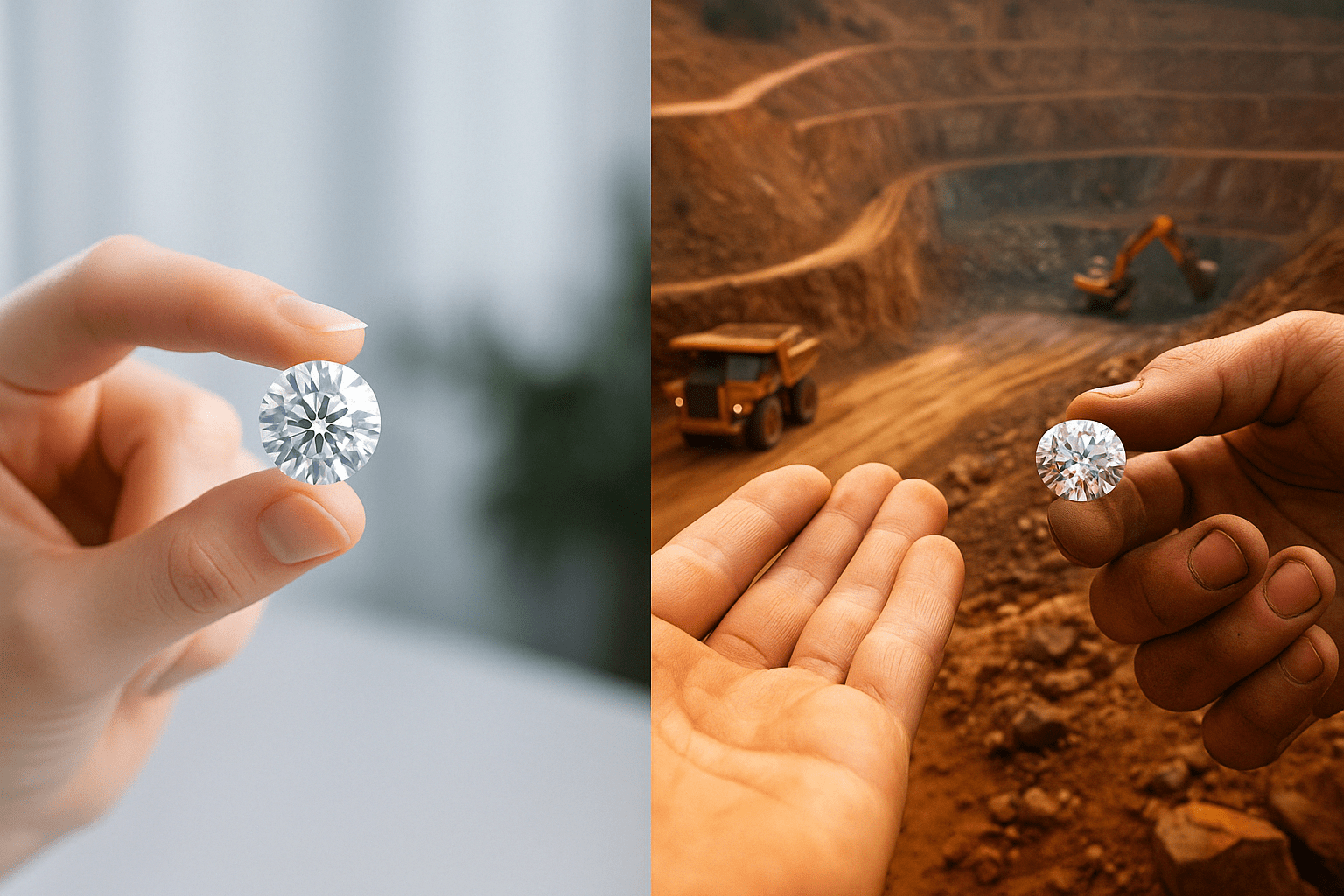
If you're torn between lab grown and mined diamonds, you're not alone. Many people are now rethinking what truly matters when buying a diamond — beauty, ethics, cost, or all three. Pure carbon lab grown diamonds give you the same shine and elegance without the heavy baggage of traditional mining.
Lab Grown vs. Mined Diamonds Comparison
| Factor | Pure Carbon Lab Grown Diamonds | Mined Diamonds |
|---|---|---|
| Origin | Created in labs using high pressure or chemical vapor deposition | Formed naturally in the earth’s mantle over billions of years |
| Material | Pure carbon with same chemical composition | Pure carbon, formed under natural geological conditions |
| Ethical Concerns | Conflict free, supports ethical sourcing | May involve unethical labor practices in some regions |
| Environmental Impact | Low carbon footprint, no earth’s crust disruption | High impact due to traditional diamond mining |
| Cost | Typically 30–70% less expensive | Higher due to rarity and mining cost |
| Appearance | Optically identical to natural diamonds | Natural variations in clarity and color |
| Production Control | Grown in controlled environment, consistent quality | Quality can vary depending on mining conditions |
| Gemological Certification | Certified by labs like GIA and IGI | Also certified by major gemological institutes |
This isn’t about choosing fake vs. real — it’s about choosing smarter. And lab grown diamonds check every box that actually matters.
How are High Pressure and High Temperature(HPHT) Diamonds Created?
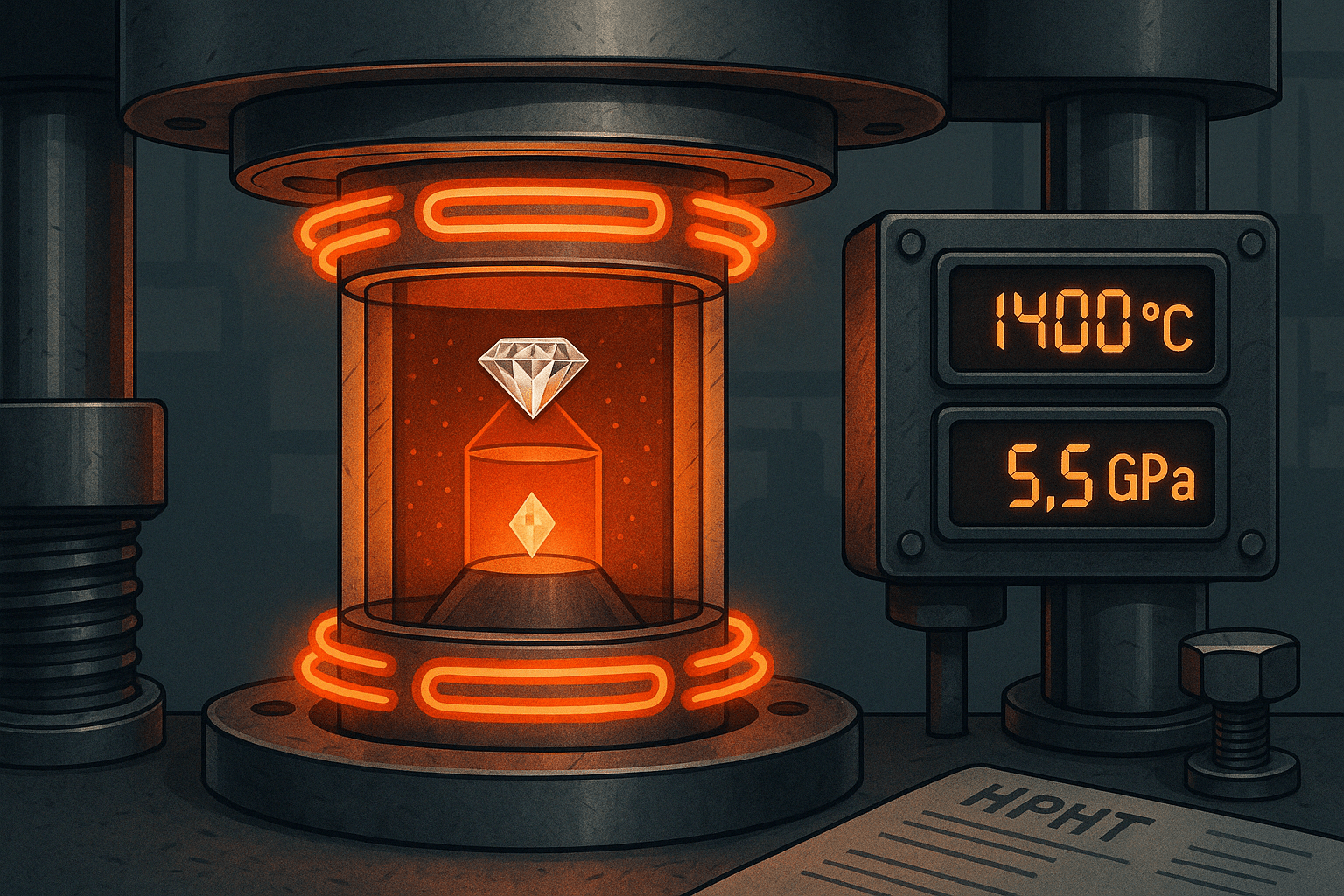
You’ve probably heard of HPHT diamonds, but how exactly are they made? These are man made diamonds that mimic the natural process, using science instead of millions of years. Let’s walk you through the full production process so you can see how pure carbon transforms into something you'd be proud to wear.
1. HPHT Process Overview
-
The HPHT method is one of the first ways used to produce diamonds in labs. It recreates the conditions found in the earth’s mantle where diamonds are formed naturally. The method was first used successfully in 1954 by General Electric.
-
There are three types of HPHT presses:
-
Belt press
-
Cubic press
-
Split-sphere press
-
-
Each creates the intense conditions needed to create synthetic diamonds, using a mix of pressure, heat, and carbon sources.
2. Temperature and Pressure Conditions
-
To produce diamonds, the HPHT process subjects carbon to extremely high pressure and high temperature — over 1.5 million pounds per square inch and up to 1,500°C. This setup is critical to replicate how diamonds form under the earth’s crust. It’s a process designed to be exact, controlled, and consistent.
-
Unlike mining diamonds from unpredictable environments, lab technicians carefully manage every variable in a controlled environment. This means more consistency in gem quality.
3. Role of Diamond Seed
-
It all starts with a small diamond seed — a tiny piece of crystal that becomes the foundation. This seed is placed into a chamber filled with carbon-rich material. When the heat and pressure kick in, carbon atoms begin to attach to the seed.
-
The growth process takes several days, depending on the size and type of diamond being made. It's nature’s method, just without the wait or excavation.
4. Crystal Growth Stages
-
Once the pressure is applied and temperatures rise, diamond creation begins. Carbon melts and starts forming around the seed in layers, eventually becoming a solid diamond crystal.
-
The process requires careful monitoring to maintain clarity and chemical properties
-
Any change in conditions could result in imitation diamonds or flawed stones
-
The diamonds are grown layer by layer — this stage is crucial for thermal conductivity and structure
5. Final Cutting and Polishing
-
After the diamond production is complete, it goes through cutting and polishing — just like a mined diamond would. Skilled artisans shape the rough into classic styles, from solitaires to affordable fine jewellery designs.
-
And yes, resale value is becoming more accepted as the demand for lab grown increases.
According to the International Gem Society (IGS), “Modern HPHT diamonds can be indistinguishable from mined ones without advanced testing.”
6. Identifying HPHT Diamonds
-
So how do you identify lab grown diamonds made through HPHT? It’s tricky — they look exactly like natural ones to the naked eye.
-
But gem labs use techniques like:
-
Examining chemical composition
-
Checking thermal conductivity
-
Using specialized UV and spectroscopy tools
-
-
These diamonds can be certified, just like mined ones, through a trusted certification process at the Gemological Institute or IGI.
HPHT isn’t just science — it’s a way to create ethical diamonds that don’t rely on traditional diamond mining. You get the same beauty, more transparency, and less harm to the planet — with significant improvements in accessibility and price.
How are Chemical Vapor Deposition(CVD) Diamonds Made?
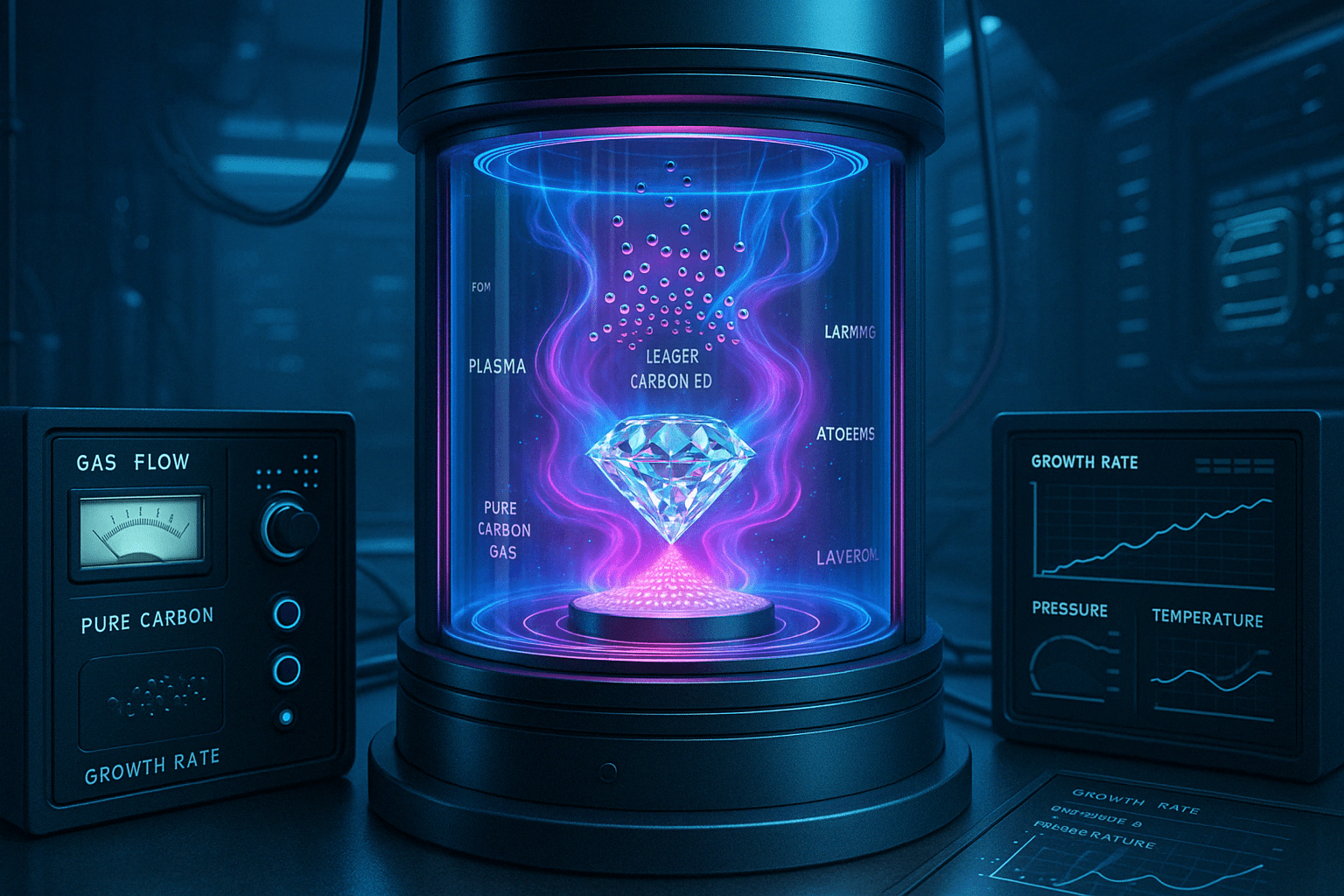
CVD diamonds are made in labs, but don’t let that fool you — they’re real diamonds, just grown differently. The chemical vapor deposition method focuses on building diamonds layer by layer. Let’s break down how the process actually works.
1. CVD Process Introduction
-
The CVD process starts with a diamond seed, placed inside a sealed vacuum chamber. This chamber is built to simulate the kind of environment where carbon atoms can turn into crystal. It's part of a precise manufacturing process that results in a diamond you can actually wear.
-
This is not like digging through the earth’s surface for naturally mined diamonds. It’s much cleaner and more controlled, without the side effects of traditional mining.
2. Gas Mixture and Chamber Setup
-
Once the seed is in place, the chamber is chamber filled with a carefully controlled hydrocarbon gas mixture — usually methane and hydrogen. This mixture provides the source of carbon.
-
Then, microwaves or heat energy break apart the gases, forming carbon-rich gas plasma. This is where the magic (science) begins.
3. Carbon Atom Layering
-
In the next stage, carbon atoms from the gas start to settle onto the diamond seed’s surface. They form solid layers, building the diamond structure slowly but surely. This creates a pure diamond with the same fire and sparkle as mined stones.
-
The structure forms from the bottom up
-
Each layer bonds chemically, not just physically
-
Results in a durable diamond with consistent clarity
-
-
According to the Gemological Institute, "CVD diamonds can be grown to gem quality using advanced techniques that are nearly indistinguishable from natural stones."
4. Growth Time and Monitoring
-
The entire growth process is slow and steady. On average, it takes a few weeks to grow a one-carat diamond. This is faster than geological timeframes but still requires patience and precision.
-
CVD labs constantly monitor:
-
Temperature and gas levels
-
Growth rates
-
Defect risks in the crystal
-
-
This helps deliver stones with reliable quality and low lab grown diamonds cost, which is a big reason more shoppers are considering them.
5. Post-Growth Treatments
-
Once the diamond is formed, it’s not quite ready for jewelry. Post-processing steps remove brown tints, enhance clarity, and prepare the stone for cutting.
-
These steps improve:
-
Optical appearance
-
Gem quality rating
-
Consumer trust in lab grown diamond jewelry
-
-
The diamonds are cut and polished just like mined ones — then set into diamond jewellery or even engagement rings.
6. Identifying CVD Diamonds
-
CVD diamonds are visually the same as mined ones. However, experts can spot subtle differences using advanced tools.
-
Here’s how labs identify lab grown diamonds made with CVD:
-
Check for inclusions unique to vapor-grown stones
-
Examine chemical properties under magnification
-
Use spectroscopy and UV imaging
-
-
And yes, they can be certified through the same certification process used for mined diamonds — by institutes like GIA and IGI.
As per Bain & Company, lab grown diamonds, including CVD types, are expected to reach up to 25% of the total market by 2030 due to improving quality and pricing.
CVD diamonds aren’t knockoffs — they’re proof that science can create real sparkle, with less impact and more control.
Grown Diamonds are Real Like Natural Ones?
-
Yes — grown diamonds are real. They have the same chemical composition, shine, hardness, and sparkle as natural diamonds. The only difference is how they’re formed — one inside the earth, and one in a controlled environment.
-
You’re not getting a fake or a cubic zirconia. Grown diamonds are made of pure carbon, just like natural ones, and score a perfect 10 on the Mohs hardness scale. They’re cut, polished, and certified through the same certification process used for mined stones.
-
What makes grown diamonds real?
-
Same chemical properties
-
Same thermal conductivity
-
Same structure as those formed beneath the earth’s surface
-
As the U.S. Federal Trade Commission (FTC) clearly states: “Lab-grown diamonds are diamonds.”
-
Some people ask why they’re more affordable. It’s simple — the lab grown diamonds cost less to produce and don’t rely on earth’s crust excavation or large mining setups.
-
Grown diamonds are not imitation diamonds. They’re not knockoffs. They’re just a modern way to get the same beauty, at better value — and with full transparency.
How to Tell If a Diamond Is Lab Grown or Mined
When you hold a diamond, it’s impossible to tell just by looking whether it’s mined or lab grown. That’s how identical they are — same sparkle, same durability, same pure carbon structure. But if you’re curious or want to be sure, there are ways to identify lab grown diamonds — and it all comes down to how they’re made.
1. Look for Certification First
Every lab grown diamond sold by reputable jewelers like Varniya comes with a gemological certificate. These are issued by trusted institutes such as the Gemological Institute of America (GIA) or the International Gemological Institute (IGI).
Your certificate will clearly mention:
-
Whether the diamond is lab grown
-
The manufacturing process used: HPHT or CVD
-
Detailed grading on cut, color, clarity, and carat weight
Without certification, it’s nearly impossible to tell the difference with the naked eye.
2. Advanced Testing Tools Used by Experts
While they may be optically identical, lab grown diamonds often carry microscopic markers that trained gemologists can spot. These include:
-
Graining patterns unique to chemical vapor deposition
-
Tiny inclusions that differ from those found in naturally mined diamonds
-
Fluorescence under UV light, which can vary between lab and mined stones
Even with expert tools, these differences are subtle — which proves just how close the two types really are.
3. Check with the Retailer
A transparent brand will always tell you what you’re buying. At Varniya, every lab created diamond is clearly labeled and comes with its full origin story. You’re never left guessing — and you’ll never feel unsure about what you’re wearing or gifting.
4. Why This Matters
This isn’t just about knowing what you bought — it’s about trust and transparency. People today want to know where their diamonds come from, how they’re made, and what they stand for.
Buying lab grown means you're choosing:
-
A conflict free and ethical product
-
A diamond with a lower carbon footprint
-
Something that reflects your personal values, not just your style
“The line between natural and lab-grown diamonds is increasingly difficult to detect without advanced lab equipment,” — GIA.
So while both kinds are real diamonds, only one gives you full clarity — literally and ethically.
And that’s something worth wearing.
Are Lab Created Diamonds Truly Conflict Free?
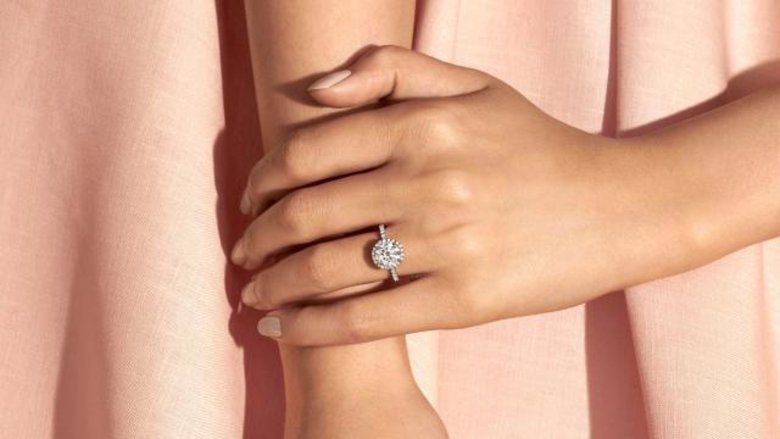
Yes — lab created diamonds are considered truly conflict free. Since they're grown in labs, they don’t involve any form of mining, which often raises concerns about labor practices and human rights violations. This is one of the main reasons many people today are choosing them over mined stones.
When you buy a lab created diamond, you’re avoiding the risks tied to sourcing from regions affected by conflict or poor working conditions. Unlike natural diamonds that are extracted through complex supply chains, lab diamonds have clear traceability. That gives you peace of mind.
Here’s why lab created diamonds are conflict free:
-
No mining means no association with conflict zones
-
Controlled production within transparent, regulated facilities
-
Ethical sourcing from start to finish
According to Human Rights Watch, some diamond mining still involves child labor and unsafe working conditions in certain countries.
And it’s not just about ethics. Lab diamonds also help reduce harm to communities and the environment by avoiding the ecological damage linked to mining operations. You can wear your jewelry knowing it didn’t come at someone else’s cost.
Key benefits of conflict free lab diamonds:
-
Cleaner sourcing
-
No hidden ethical compromises
-
Aligns with values of conscious consumers
Lastly, they’re optically identical to mined diamonds — same sparkle, same brilliance. So yes, you can absolutely have both beauty and values in the same stone.
Is Cubic Zirconia the Same as Lab Grown Diamonds?
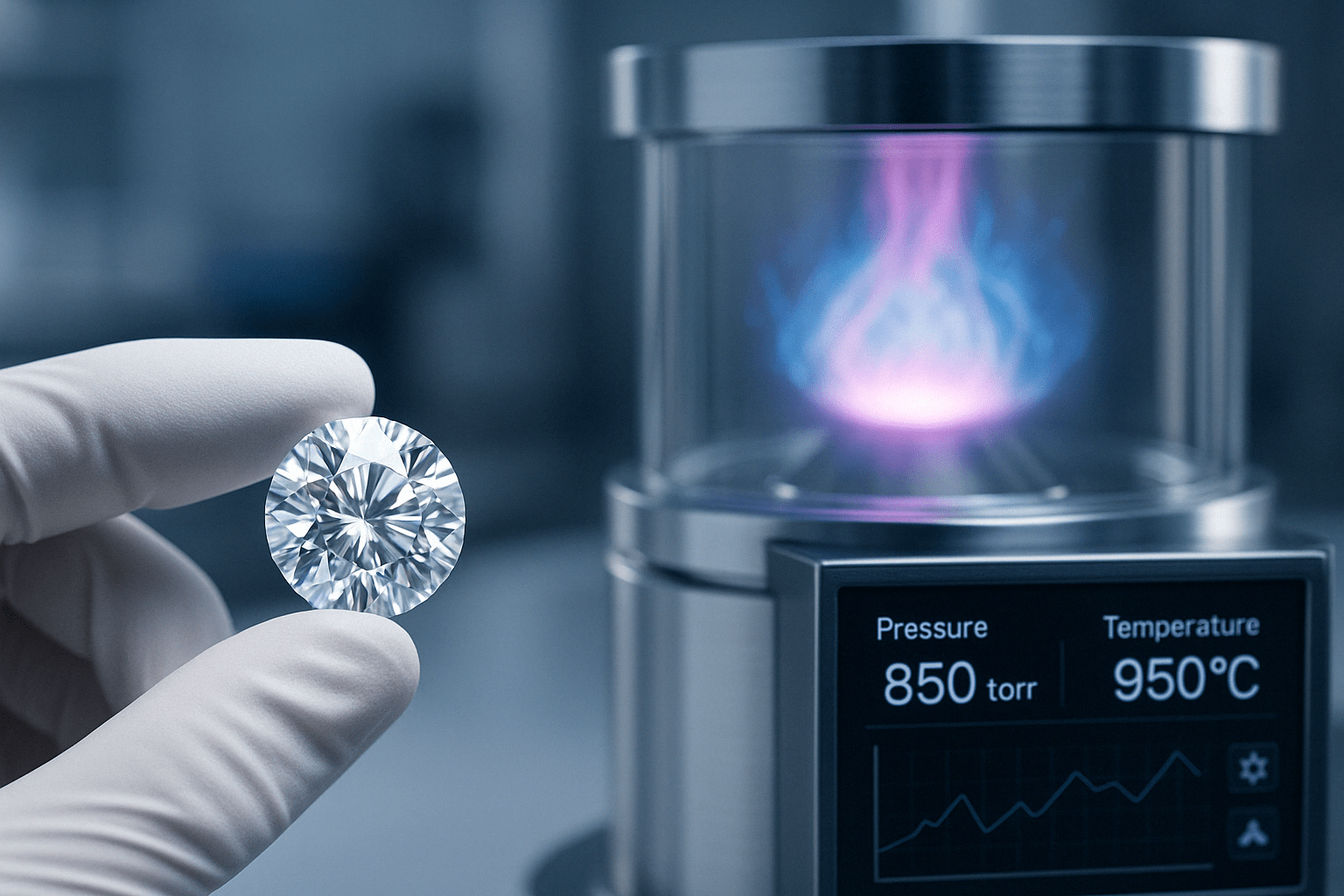
It’s a common question — and the short answer is no, cubic zirconia is not the same as a lab grown diamond. They may look similar to the untrained eye, but that’s where the similarity ends. The difference lies in their structure, durability, and how they’re made.
Lab grown diamonds are made from carbon atoms, just like natural diamonds. These atoms bond in a crystal structure using pressure high temperature or chemical vapor techniques. That’s why lab diamonds have the same physical and chemical properties as mined ones.
On the other hand, cubic zirconia is a synthetic material made from zirconium dioxide. It has a completely different composition and doesn’t come close in hardness or brilliance. In fact, cubic zirconia can scratch and dull over time, while a lab grown diamond stays brilliant for life.
Here’s how they compare:
-
Material
-
Lab Grown: Pure carbon
-
Cubic Zirconia: Zirconium dioxide
-
-
Hardness (Mohs scale)
-
Lab Grown: 10
-
Cubic Zirconia: Around 8–8.5
-
-
Durability
-
Lab Grown: Long-lasting
-
Cubic Zirconia: Prone to wear
-
As the Gemological Institute of America explains, “Lab-grown diamonds are optically and physically the same as natural diamonds. Cubic zirconia is not.”
Also, don't confuse price with value. A 1-carat lab grown diamond may cost more than a similar-sized cubic zirconia, but that’s because it carries real carat weight, lasting brilliance, and can even be certified.
So no — they’re definitely not the same. One is a real diamond; the other is just a lookalike.
Why Buy Engagement rings from Varniya?

Varniya is an Indian jewelry brand specializing in lab-grown diamond jewelry. They offer a range of engagement rings crafted with lab-grown diamonds, emphasizing ethical sourcing and sustainability. Varniya's designs combine modern aesthetics with traditional craftsmanship, catering to customers seeking high-quality, conflict-free alternatives to mined diamonds.
Choosing an engagement ring is a significant decision, and Varniya makes it meaningful. They offer lab-grown diamonds that are ethically sourced and environmentally friendly. This means you can celebrate your love without compromising your values.
Varniya's rings are crafted with precision and care. Each piece showcases the brilliance and clarity of lab-grown diamonds, ensuring a stunning symbol of your commitment. Their designs range from classic to contemporary, catering to diverse tastes.
Moreover, Varniya provides excellent customer service. They guide you through the selection process, making it a personalized and enjoyable experience. With Varniya, you're not just buying a ring; you're creating a cherished memory.
FAQs About Lab Grown Diamonds
1. Are lab-grown diamonds pure carbon?
-
Yes, lab-grown diamonds are made of pure carbon, just like mined ones. The carbon atoms form the same crystal structure, which gives them their hardness and brilliance.
2. Are lab-grown diamonds worth anything?
-
Yes, they are. Lab-grown diamonds hold value based on cut, clarity, color, and certification — just like mined diamonds. While their resale value may differ, their real-world quality and appeal are strong.
3. How much does a 1 carat lab diamond cost?
-
A 1 carat lab-grown diamond typically costs 30% to 70% less than a mined diamond of the same quality. Prices in India usually range between ₹60,000 and ₹1,00,000 depending on the specifications.
4. Is a lab-grown diamond a real diamond?
-
Yes. According to the U.S. Federal Trade Commission, a lab-grown diamond is a real diamond in every sense — chemically, physically, and optically.
Conclusion
Choosing a diamond is personal — and knowing that pure carbon lab grown diamonds offer the same sparkle, structure, and beauty as mined ones makes the decision easier. You're not giving up anything. In fact, you’re gaining peace of mind, ethical sourcing, and real value.
From their identical chemical properties to their lower environmental impact, grown diamonds check all the boxes. They’re real, they’re certified, and they’re made without the baggage of traditional diamond mining.
So if you're looking for something timeless that also aligns with modern values — lab grown is the way to go. Whether it’s for engagement rings or everyday elegance, you now know why they’re worth choosing.
Go ahead — make your moment sparkle, consciously.
And if you're still unsure, let Varniya help you find a diamond you’ll love and feel proud to wear.


